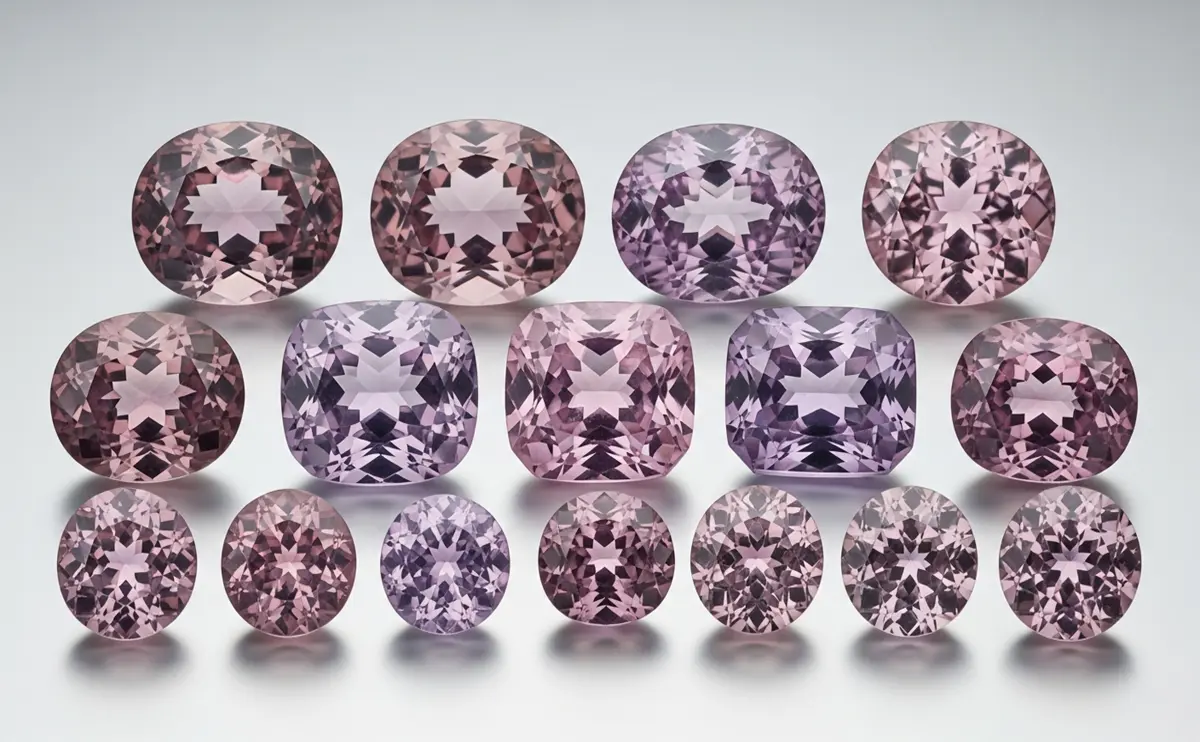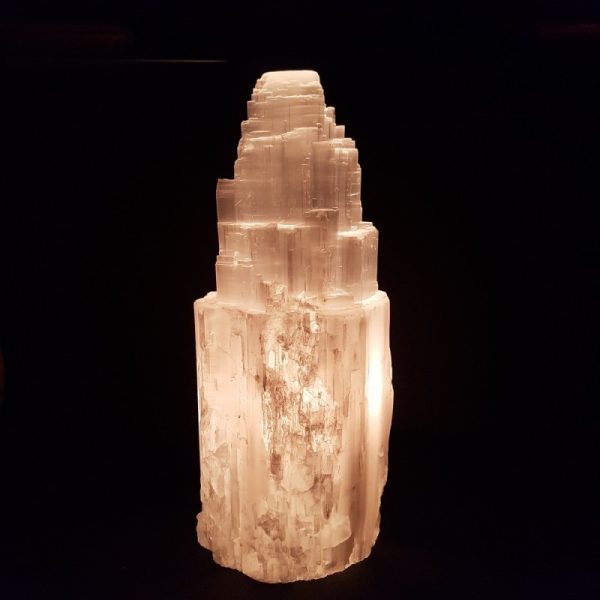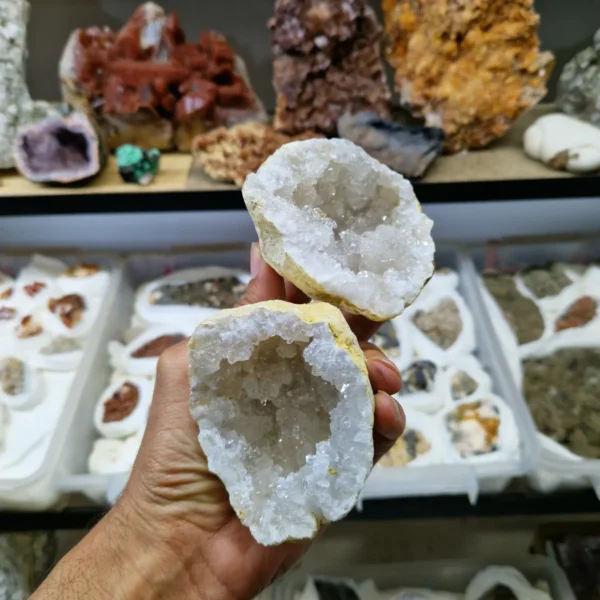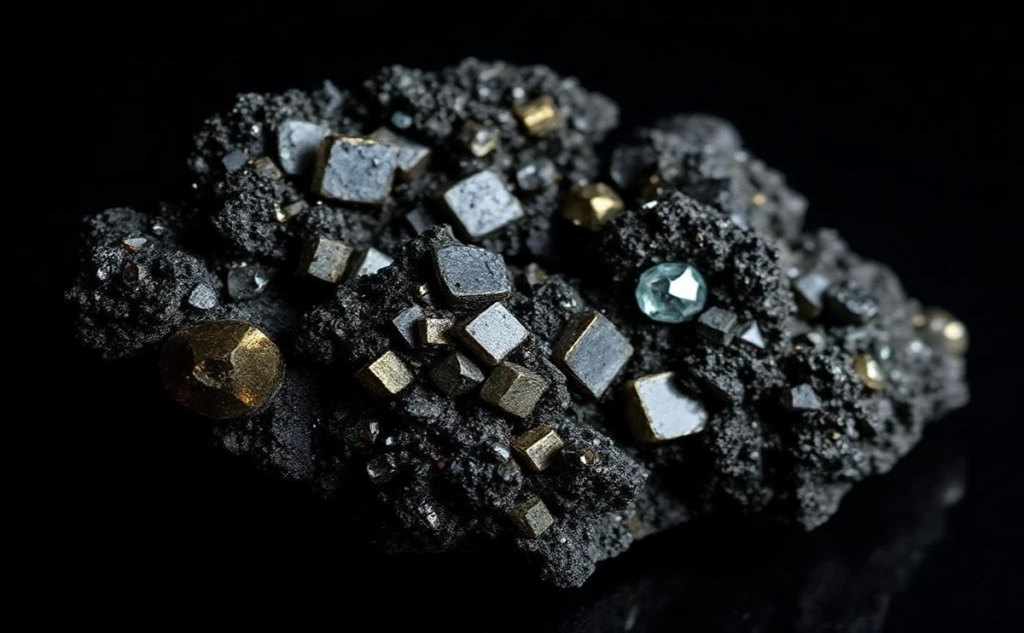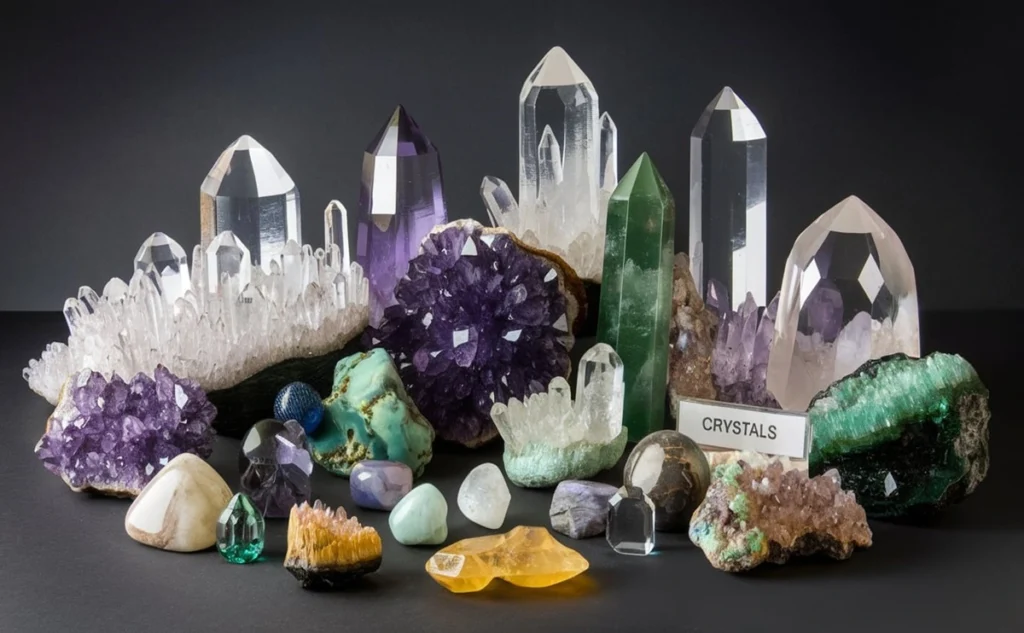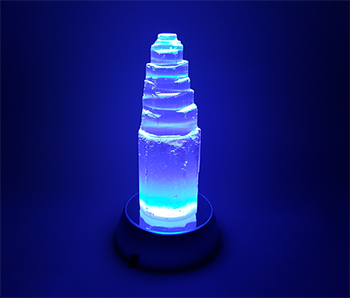Welcome, mineral enthusiasts and gemstone collectors! Our journey through the fascinating world of geology today takes us to one of the most enigmatic and supremely rare minerals: Taaffeite. Often overshadowed by more famous names, this beryllium-bearing mineral holds a unique place in the gemological world, not only for its captivating beauty but for a serendipitous discovery story that underscores its extreme scarcity.
If your interests lie in rare fossils, crystalline selenite, and truly unique minerals, the tale and properties of Taaffeite will undoubtedly captivate your imagination. Let’s unearth the facts about this highly prized rarity.
Table of contents / Jump To
1.The Accidental Discovery of Taaffeite
2.Taaffeite: A Rarity Beyond Compare
3.Mineralogical and Gemological Properties
4.Taaffeite’s Value in the Collector and Investment Market
5.Taaffeite and Other Unique Minerals
6.Conclusion: A Gemological Legend
The Accidental Discovery of Taaffeite
The story of Taaffeite’s recognition is as unique as the mineral itself. It wasn’t found in a mine or a remote alluvial deposit; it was discovered on a jeweler’s workbench in Dublin, Ireland.
In 1945, the Bohemian-Irish gemologist Count Richard Taaffe was examining a collection of faceted mauve-colored stones. He suspected one stone, which was initially misidentified and sold as spinel, had unusual optical properties. He sent it for further testing, and the analysis confirmed his suspicions: the stone was chemically and optically distinct from spinel. It was a completely new mineral species!
- The key identifying difference was Taaffeite’s property of double refraction (birefringence), while spinel is singly refractive.
- The new mineral was formally named “Taaffeite” in honor of its discoverer, Count Richard Taaffe.
Taaffeite: A Rarity Beyond Compare
The most defining feature of Taaffeite, and the primary driver of its exceptional value, is its extreme rarity. It consistently ranks among the world’s scarcest gemstones, often cited as being over a million times rarer than diamond.
Factors Contributing to Extreme Scarcity:
- Unique Chemical Composition: Taaffeite is a beryllium-bearing magnesium aluminum oxide mineral, with the chemical formula $Mg_3Al_8BeO_{16}$ (or sometimes cited as $BeMgAl_4O_8$). The presence of beryllium, combined with magnesium and aluminum, is a geological anomaly that requires highly specific and infrequent conditions—usually in metamorphosed limestones or skarns.
- Limited Geological Sources: High-quality, gem-grade Taaffeite has only been found in a small handful of locations globally. The primary and most significant sources are Sri Lanka and Myanmar (Burma), with smaller finds reported in Tanzania, China, and Russia.
- Small Crystal Size: Taaffeite crystals are typically small. Specimens that yield cut stones over 2 carats are considered exceptionally rare, making large, clean stones a premium collector’s dream.
- Accidental Discovery: A significant portion of Taaffeite is still discovered inadvertently during the mining and sorting of other gemstones, particularly spinel, which further limits the deliberate search and supply.

Mineralogical and Gemological Properties
Taaffeite is a mineral of the Oxide class with a hexagonal crystal system. Its properties make it a durable and distinct gemstone.
| Property | Details |
| Chemical Formula | $Mg_3Al_8BeO_{16}$ |
| Crystal System | Hexagonal |
| Mohs Hardness | $\mathbf{8}$ to $\mathbf{8.5}$ (Excellent durability) |
| Color Range | Pale pink, mauve, lilac, deep violet, bluish-violet, green, red, or colorless. Mauve and lilac are the most common colors. |
| Luster | Vitreous (glassy) |
| Refraction | Doubly Refractive (a key differentiator from Spinel) |
| Specific Gravity | $3.60 – 3.62$ |
Color and Clarity
The value of a Taaffeite gemstone is significantly tied to its color saturation and clarity.
- Color: The most sought-after colors are the highly saturated deep violet and pink tones. These vivid colors are caused by trace impurities like chromium and iron.
- Clarity: Like diamonds, Taaffeite’s value increases exponentially with clarity. Flawless or “eye-clean” stones are extremely rare, as the mineral often forms with internal inclusions of other minerals (like apatite, zircon, or spinel) and internal fractures.
Taaffeite’s Value in the Collector and Investment Market 💰
Due to its incredible rarity, Taaffeite commands a high price per carat, making it a valuable asset for serious collectors and investors in the fine gemstone market.
- Price Range: Prices for faceted, gem-quality Taaffeite can range from $1,500 to over $35,000 per carat, depending on a combination of factors including color, clarity, and size.
- Value Multipliers: A Taaffeite with a deep, vivid color (like violet), high clarity (minimal inclusions), and a carat weight over $1$ or $2$ carats will command the highest prices. Provenance from historical sources like Sri Lanka can also add to its prestige.
As an investment, Taaffeite’s price trend consistently rises due to its fixed, limited supply and growing global awareness among wealthy collectors who seek out the world’s most unique natural treasures.
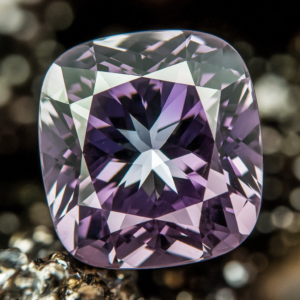
Taaffeite and Other Unique Minerals ⚖️
For those who appreciate other unique geological finds, Taaffeite is often discussed in the same breath as other ultra-rare gemstones such as Painite (often cited as the rarest), Musgravite (a Taaffeite polytype), and Grandidierite.
While your blog features other fascinating minerals like Selenite—known for its beautiful crystalline structure and soft, luminous appearance—Taaffeite represents the pinnacle of hardness and rarity. Where Selenite is found in abundance and valued for its metaphysical properties and large, clear crystals, Taaffeite is valued almost purely for its extreme scarcity, unique chemistry, and gemological prestige.
Taaffeite is a testament to the random magic of geological processes—a mineral that had to be mistaken for another before its true identity was revealed. Its compelling history and extraordinary rarity secure its place as a legendary piece of the Earth’s hidden treasure chest.
Conclusion: A Gemological Legend
From an overlooked stone in a Dublin shop to one of the most sought-after collector’s gems, the journey of Taaffeite is a story of meticulous gemology and unparalleled rarity. For the mineral collector, owning a piece of Taaffeite is a statement—a possession that is literally millions of times scarcer than the world’s most popular gemstone.
Do you have any questions about the specific geological environment in which Taaffeite forms, or would you be interested in an article comparing Taaffeite to its close relative, Musgravite?

